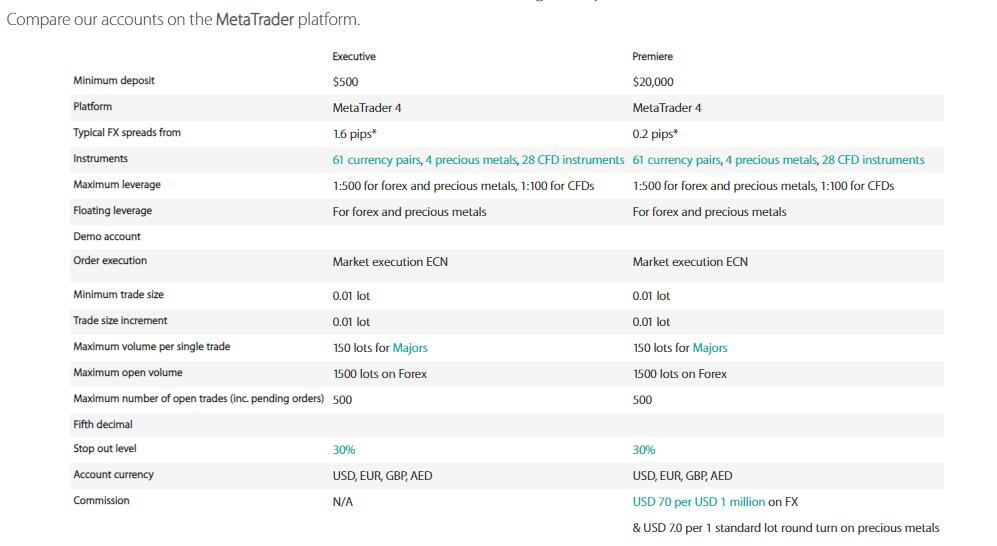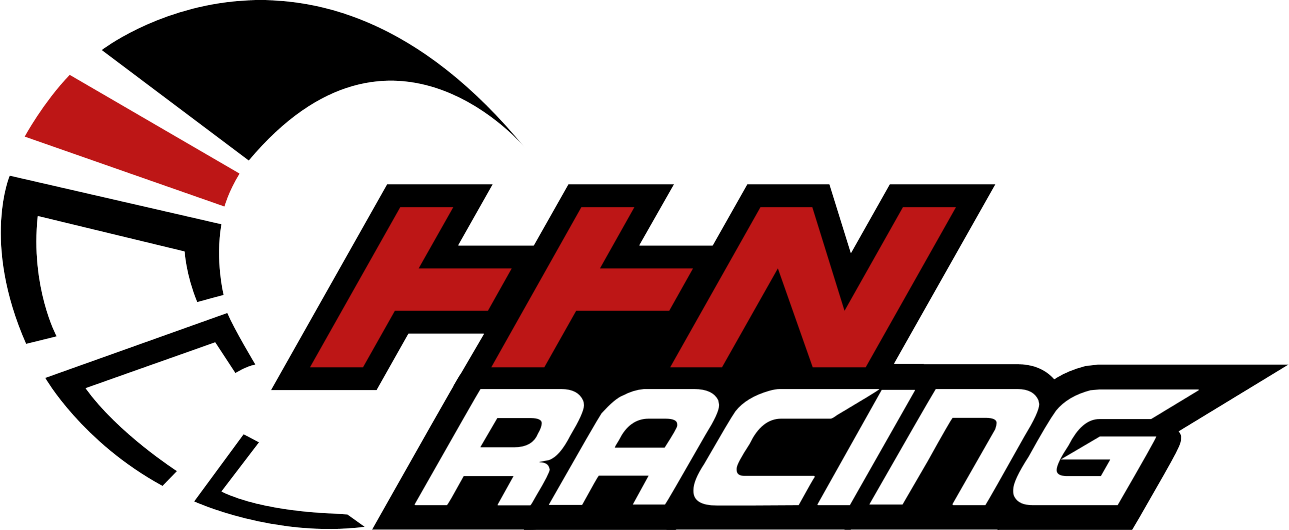
By definition, overhead cannot be reliably assigned to cost objects; otherwise, they would be direct costs. Therefore, an overhead allocation method may assign costs to a cost object that are not warranted. This issue can be mitigated with the use of activity-based costing, which is a more precise form of cost allocation. Conversely, because there is no change in productive assets with unsuccessful results, costs incurred with those efforts should be expensed.
- Total expenses include items like employee salaries, phone bills, legal fees, program supplies, measuring impact, and the depreciation of assets that may need future replacement.
- How much working capital an organization needs can vary depending on your cash flow needs – when and how often money comes into the organization.
- The full cost-plus method is a traditional pricing method that considers variable and fixed costs.
- In fact, full-cost pricing can actually allow junior employees to determine the cost of a product since it is based solely on formulas.
In the construction industry, credit risk pricing is used to ensure that construction companies are pricing their services in a way that covers all of their expenses. Construction companies must factor in the cost of materials, labor, and equipment when pricing their services. They must also consider the cost of any permits or licenses they need and any other overhead expenses. In the agriculture industry, full cost pricing is used to ensure that farmers are pricing their products in a way that covers all of their expenses.
‘What Happens Later’ Trailer: Meg Ryan Directs Her Rom-Com Return With David Duchovny as Her Old Flame
Conversely, under variable costing, the company recognizes overhead costs as operating expenses even though they have not been sold. Tom’s Treat Toys is trying to figure out a fair price to charge for their finest fun figures. They decide they want to make a profit margin of 50 percent and sell 50,000 units. The company spends $2 million making all of their products and $600,000 on their total company sales and administration costs. The finest fun figures take up 25 percent of their manufacturing floor and 25 percent of their overall sales and administration costs.
Did a 2000 km roadtrp in my Tiago EV: Here’s the overall cost – Team-BHP
Did a 2000 km roadtrp in my Tiago EV: Here’s the overall cost.
Posted: Wed, 06 Sep 2023 10:39:18 GMT [source]
Well, if you try to build something new by redirecting money that supports ongoing work, the quality of that ongoing work might decline. Fixed asset additions are dollars used to buy new equipment, furniture, leasehold improvements, or other fixed assets. For example, an outlay is made when a vehicle is purchased, but the cost of the vehicle is incurred over its active life (e.g., ten years). The cost of the vehicle must be allocated over a period of time because every year of its use contributes to the depreciation of the vehicle’s value. Jill Harness is a blogger with experience researching and writing on all types of subjects including business topics.
Full Cost-Plus vs Marginal Cost-Plus Pricing
It is a widely used method where products have a large proportion of variable costs as compared the fixed costs. This approach is suitable for businesses https://online-accounting.net/ that have a higher proportion of variable costs. The business can then add a higher markup percentage to recover the fixed costs as well as make profits.
Because it includes fixed costs in calculating production costs, as long as the product has not been sold, the cost is attached to the product. When a nonprofit should do something that costs money, but doesn’t have money to cover it, that’s an unfunded expense. Unfunded expenses – and their cousin, underfunded expenses – commonly show up as overworked and underpaid staff, and their effects can harm workers, clients, and the nonprofit sector broadly. Both funders and nonprofit leaders should seek to understand what it really takes to accomplish their grantees’ goals – and be honest with one another about what that looks like. Learn about how to overcome these challenges and create greater outcomes for communities, staff, and the social sector.

And because our current funding structures are often shaped by the same disparities nonprofits seek to address, Full Cost is a critical framework for advancing equity in the nonprofit sector and beyond. Depending on your business model, you might not get the accurate costs per unit you’d hoped for. If you need to, hire a professional who can help you gain an accurate assessment of input costs.
Full Cost Workbook
You should use full costing when accuracy is important to you and you need to track all manufacturing costs. You should use the variable costing method if you have a simple product line and you want to keep your accounting as simple as possible. The method may also be used to set long-term prices that are sufficiently high to ensure a profit after all costs have been incurred.
Businesses need to carefully track all their expenses and calculate the true cost of their products, which can be a time-consuming process. This can be especially challenging for small businesses that may not have the resources to dedicate to this task. Absorption costing and full costing are two different methods of accounting. They both include all manufacturing costs in the cost of goods sold, but they have different purposes. This method is not acceptable for deriving the price of a product that is to be sold in a competitive market, for several reasons. First, it does not factor in the prices charged by competitors.
How to Calculate Full Cost Pricing
Second, it does not factor in the value of the product to the customer. Third, it does not give management an option to reduce prices if it wants to gain market share. And finally, it is more difficult to derive if there are multiple products, since the costs in the pricing formula must now be allocated among multiple products. Full costing is an accounting method used to determine the complete end-to-end cost of producing products or services. Full-cost pricing, however, incorporates the entire business overhead into the pricing strategy.

Polling by KFF, a health policy research organization, has found broad, bipartisan public support for allowing Medicare to negotiate drug prices. In a survey late last year, 89 percent of Democrats and 77 percent of Republicans said they favored the plank of the Inflation Reduction Act that authorizes negotiations. The list of drugs had some overlap with what experts had anticipated.
Zach Lazzari is a freelance writer with extensive experience in startups and digital advertising. He has a diverse background with a strong presence in the digital marketing world. Zach has developed and sold multiple successful web properties and manages marketing for multiple clients in the outdoor industry. He has published business content in Angling Trade Magazine and writes white papers and case studies for multiple corporate partners. This pricing strategy is not used frequently, and it exists solely to push inventory out the door when turnover is needed in the business. It is derived by simply dividing the total cost calculated by the total number of units produced.
- This includes the cost of materials, labor, fixed and variable manufacturing overheads.
- Learn about how to overcome these challenges and create greater outcomes for communities, staff, and the social sector.
- Full cost pricing also helps businesses make better decisions about which products or services to offer.
- Buy dollars are things like government contracts to provide housing, admission tickets for performances, and philanthropic grants that fund tutoring sessions.
- Roku expects to record a restructuring charge related to the layoffs in a preliminary estimated range of $45 million to $65 million, primarily consisting of severance and benefits costs.
Similarly, this pricing approach also does not consider external market factors. Thus, it is not a preferred method of price setting for businesses in a highly competitive market. Nonprofits led by Black, Indigenous, and people of color not only tend to receive less funding, but also receive less unrestricted dollars.
Until an impairment occurs, reported profit levels can appear to be deceivingly elevated, since the expense recognition for so many costs has been deferred to a future date. Higher net income (NI) may make the company immediately seem more attractive to investors than competitors and help it to raise new capital. Two contrasting types of accounting methods coexist because governing bodies are divided about which one best transparently reports a company’s earnings and cash flows. When a company’s exploration efforts come up short, any costs incurred are usually recorded as an expense on the income statement. The full cost (FC) method takes a different approach, recording all successful and unsuccessful explorations as a cost on the balance sheet. However, because inventory is an asset, it’s generally easier to calculate COGS using absorption costing.
The downside is that you end up with a fuzzy picture of your real costs. It’s important to track your income statement to make sure you don’t exceed your actual costs. Your financial statements make it easy to focus on period costs and operating expenses. The drug industry fears that the negotiation program will open the door for lower prices in the private market. When the government’s lower prices are made public, experts say, pharmacy benefit managers negotiating on behalf of the privately insured will have greater leverage to demand deep discounts.
